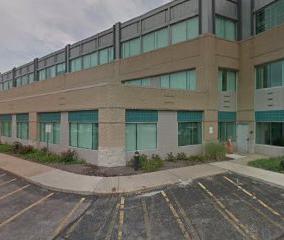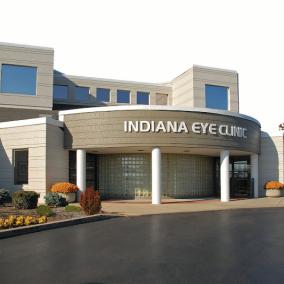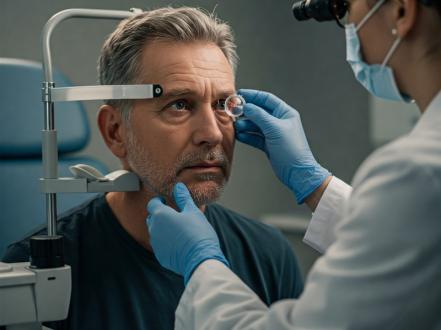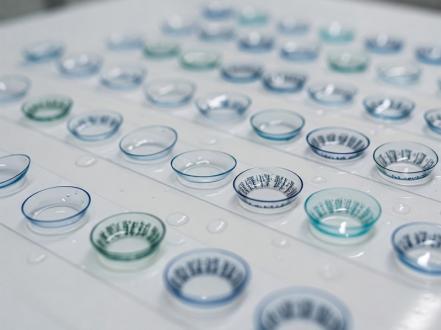Dacryocystitis is a condition that primarily affects the lacrimal sac, the small structure situated between the inside of the nose and the eye, responsible for the drainage of tears. This lacrimal sac, when blocked, can lead to an infection, infection-enabling inflammation, or a combination of both, thereby sparking the onset of dacryocystitis.
The condition of dacryocystitis is more likely to affect small children and adults over the age of 40, with a notably higher prevalence among females. While fairly rare, dacryocystitis is the most common disease to infect the lacrimal sac, paving the way for numerous discomforting symptoms and complications if left untreated.
Dacryocystitis signs and symptoms
Symptoms of dacryocystitis range from mild to severe, with most patients noticing symptoms such as:
- persistent tearing or watering from the afflicted eye,
- pain,
- redness and swelling near the inside corner of the eye,
- a sticky or ropy discharge from the eye,
- fever,
- continually blocked or runny nose on the affected side.
Infants might manifest dacryocystitis symptoms differently, with most signs manifesting as matted eyelashes, blepharitis, or conjunctivitis.
While dacryocystitis is primarily caused by a blockage in the nasolacrimal duct, there are a myriad of factors that can lead to that blockage. These can include bacterial or fungal infections, sinus disease, trauma to the face or nose, previous nasal or sinus surgery, nasal tumors, certain medications, or a congenital narrowing of the duct. In newborns, the cause can be traced back to a delay in the opening of the duct after birth, leading to an obstruction and subsequent swelling and inflammation.
Dacryocystitis treatment
Treatment for dacryocystitis primarily revolves around controlling the infection and relieving the obstruction which caused it. Antibiotics are the main form of treatment recommended, usually in the form of oral medication. They also help in reducing the symptoms, especially the pain and inflammation. Warm compresses may also be recommended to ease the discomfort, and in cases of severe pain, over-the-counter medicines like ibuprofen or acetaminophen can be used.
If the infection is not responding to the initial treatment, or if there is an abscess formation, surgical intervention may become necessary. Sometimes, a procedure known as "dacryocystorhinostomy" is performed, where an alternative route for tear drainage is created. In this procedure, a new tear drain opening is made from the corner of the eye to the inside of the nose. However, one should note that this treatment is typically performed once inflammation and infection have been controlled.
For infants with dacryocystitis, a simple probing of the nasolacrimal duct may clear the obstruction. This procedure is usually performed under general anesthesia, especially in children.
Thus, with early diagnosis and the correct treatment, most individuals can achieve complete recovery from dacryocystitis. It is essential to follow through with all prescribed medications and treatments to ensure the best outcome and prevent recurrence. Individuals experiencing persistent symptoms like eye watering and facial pain should visit a healthcare provider to get the necessary medical attention and avoid any further complications. After all, the eyes are the windows to our soul, let's keep them clear, safe, and healthy.




















